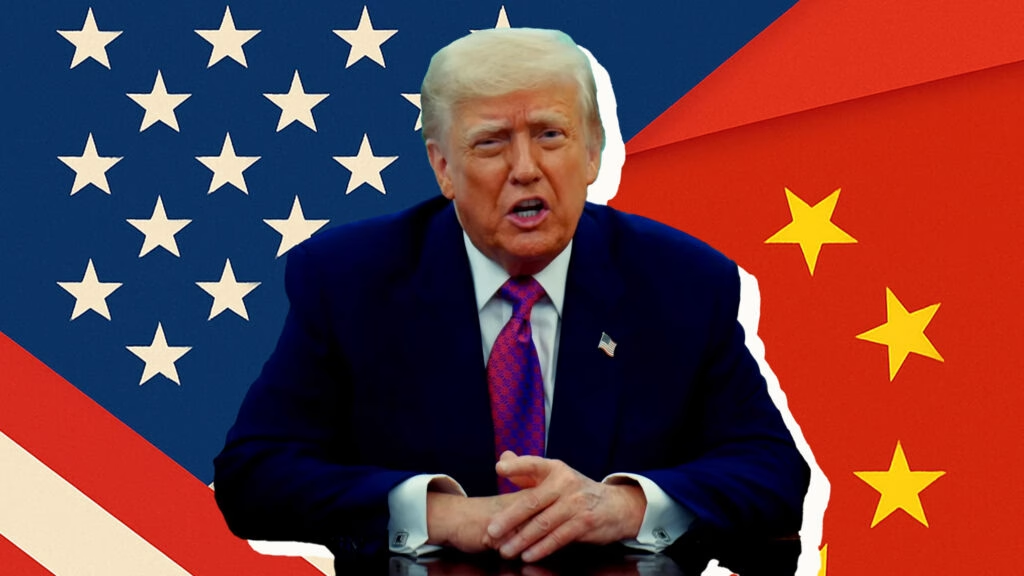The recent agreement between the U.S. and China to temporarily roll back tariffs marks a significant moment in their ongoing trade relationship. After months of escalating tensions, this 90-day truce offers a glimmer of hope for a more stable economic future. But what does this really mean for businesses and consumers? Let’s dive into the details.
What’s the Deal with the Tariff Rollback?
Under the new agreement, the U.S. will reduce its additional tariffs on Chinese imports from a staggering 145% down to 30%. In return, China will lower its tariffs on U.S. goods from 125% to 10%. This temporary easing is set to last for 90 days, providing both nations a chance to negotiate a more permanent solution. It’s a significant shift, but the real question is whether this pause can evolve into a lasting framework for trade.
Why Does This Matter?
For many, the implications of these changes are still unclear, particularly in the automotive sector, which has been heavily impacted by tariffs. Currently, there’s a blanket 25% tariff on vehicle and parts imports, with only a few exceptions. The temporary rollback could give automakers more flexibility in sourcing components from China, which might help lower production costs and, potentially, consumer prices.
However, the situation remains complex. Chinese-built electric vehicles (EVs) are still effectively blocked from the U.S. market due to tariffs introduced during the Trump administration. This means that while some relief is on the horizon, the barriers to entry for many Chinese-made vehicles remain firmly in place.
What About American Brands Manufacturing in China?
Another layer of complexity arises when considering American brands that manufacture in China, like Buick and Lincoln. The uncertainty surrounding whether these models will benefit from the new terms adds to the confusion. As negotiations unfold, it will be crucial to keep an eye on how these brands navigate the evolving landscape.
What’s Next?
The clock is ticking. With only 90 days to work out the details, the real challenge lies in transforming this temporary agreement into a sustainable trade framework. Both sides must engage in meaningful discussions to address the underlying issues that have fueled tensions in the past. The stakes are high, not just for businesses but for consumers who are keenly aware of how trade policies impact prices and availability.
The political implications of this agreement cannot be overlooked either. The White House has framed this as a victory, emphasizing the potential for future discussions that could open up markets for American exports. However, the effectiveness of this agreement will ultimately depend on the actions taken in the coming weeks.
The big takeaway? This tariff rollback isn’t just about numbers; it’s about the potential for a more collaborative trade environment. As we watch how this unfolds, it’s clear that both nations have a lot to gain from finding common ground. Start paying attention to how these changes might affect your wallet and the broader economy in the months ahead.

